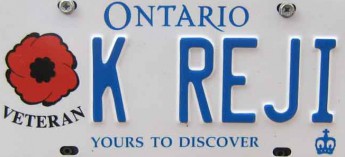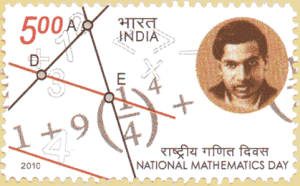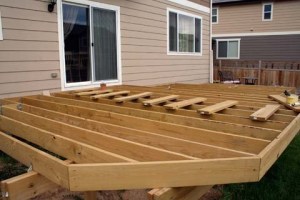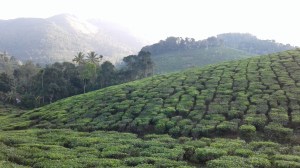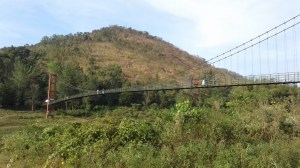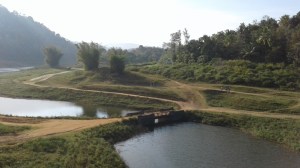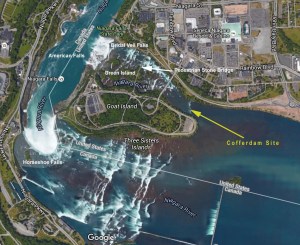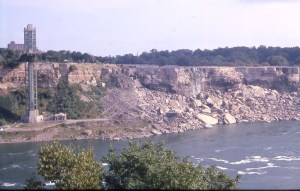On reaching Devlali, our Regiment’s permanent location after the deployment in operational area for about 10 months in November 2002, I ordered the purchase of a window air-conditioner (AC). After two days the AC arrived and was placed in front of the main office complex. That day I went to the Regiment and the Subedar Major (Senior Warrant Officer) with the Regimental Havildar Major (Sergeant Major) and the Second-in-Command (2IC) Late Col Suresh Babu were waiting for me.
My question to everyone present was “Where will this AC go?” Subedar Major Thangaswamy said “As per the norms of the Indian Army, it is meant for the Commanding Officer’s office, but knowing you well, surely not to your office, sir – we need to find a place for it.” Someone suggested the Medical Inspection (MI) Room and someone else suggested the Regimental Information Room and someone pointed at the Dining Hall of the soldiers.
My contention was that one window AC will not suffice for either the Information Room or the Dining Hall and the MI Room, the Nursing Assistant will lock it up and leave early morning with the sick parade to the Military Hospital and hence no one will be able to use it. Anyhow, I told everyone to ponder over the question and come out with an answer after consulting their men, the next day.
We had a nice barber’s chair in the Barber Shop and by that time I had received the consignment consisting of a hair-washing station, blow dryers, latest electrically operated hair clippers, set of cosmetics, etc through an old colleague and dear friend from 75 Medium Regiment (my Parent Regiment) – Veteran Major GR Kaushik. After hanging up his boots, he is running a high-end hair replacement business at Delhi called “The Marchers International (http://www.marchers.in/ )”.
I took the consignment I had received from Major Kaushik along and headed straight to the barber shop with Colonel Babu. I instructed everyone about the layout of the barber shop and the usage of all the new equipment and cosmetics. The package had a high powered music system and a television too. I then pointed to the window and said that the AC will find a place there. It surprised everyone.
My logic was that it is only the barber shop that any soldier can enter at anytime without any formalities and either of the barbers would be available in the Regiment all throughout. The soldiers really enjoyed the cool air from the AC and also the haircuts with the hair-wash becoming an instant hit.
The barber shop was provided with all sorts of creams – face, skin and hair creams and also shampoo and conditioners. The SM’s contention was that the soldiers are likely to misuse it. My view was that they may misuse it once or at most twice, after which they will get used to it. The barber was instructed to refill anything and everything that ran out from the regimental Canteen and the same was to be charged off from the Regimental fund. As time progressed, the expenditure on creams and shampoos came down drastically after the initial two months.
After a year, Captain Nagaraj Shetty Jayaram was posted to the unit. He being a bachelor, moved into the Officers’ Mess and I found him ideal to be appointed the Adjutant of the unit. Adjutant is a staff officer who assists the Commanding Officer and is in charge of the organisation, administration and discipline of a unit. Adjutant has to be available at all times and is generally always on the run. Who else would fit in the role of an Adjutant better than a hardworking, enthusiastic and intelligent bachelor Captain.
After meeting me on arrival, Captain Jayaram went to his room in the Officers’ Mess. Prior to leaving the unit, he called our Barber, Naik (Corporal) Puran Singh. Puran Singh walked in smartly, saluted the new Adjutant to be told “Please report to my room at 3 PM and give me a nice soldierly haircut.”
Naik Puran Singh replied, “You must come to my ‘office’ for a haircut.”
This shocked Captain Jayaram, but he maintained his cool. Being the very first day in a new unit, he decided to visit Naik Puran Singh’s ‘office’ at the appointed time. On reaching the ‘office’ Captain Jayaram realised why Naik Puran Singh had summoned him there. Captain Jayaram had never in his life seen such a luxurious and well-equipped barber shop, even in five-star hotels he had been to.
This incident was narrated to me by Captain Jayaram two years after I reached Canada. He said that on the very first day he realised that this Regiment was something ‘different’ and all men were really motivated, confident and professionally skillful.
After I moved out of the Regiment in 2004 and immigrated to Canada, the AC moved out of the Barber Shop. You all can guess as to where it went. In the end Subedar Major Thangaswamy was proved right.
